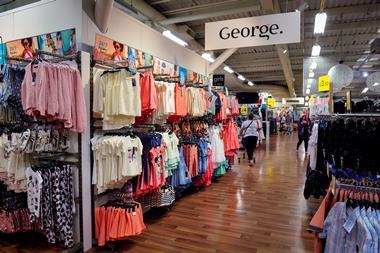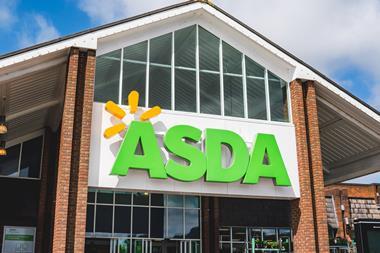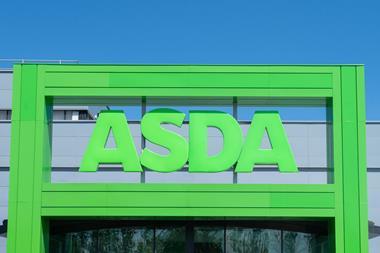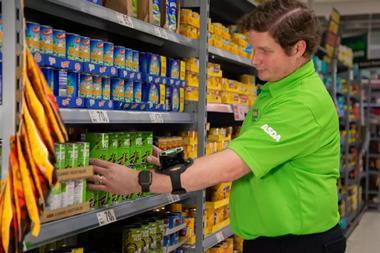It’s official. Asda is Britain’s favourite supermarket.
How can we be so sure? Every year, we ask Nielsen to ask thousands of shoppers to score 11 supermarkets on price, quality, promotions, range and food ethics. This year, we added and amended some criteria, with shoppers asked to assess supermarkets on their customer focus, food provenance and their ability to provide convenient ways to shop.
In short, it’s a comprehensive survey. So how did Asda win it for the fourth year in a row?
What tipped the balance - and Nielsen head of retailer and business insight Mike Watkins is keen to stress the result was “very close” between Asda and Tesco - was price.
Shoppers ranked price as their number one category. And although Asda slipped to second place behind Aldi, Tesco was squeezed out of the top three altogether by Lidl. That was crucial to Asda holding on to the top spot.
Tesco may be cheered by the fact it topped four categories - convenience; customer focus; wide choice of products and shopping experience - versus only one (prices and promotions) for Asda.
Consistency
But Asda is the model of consistency: second placed on price, shopping experience, range and convenience. When weighted by the importance shoppers placed on each category, Asda nosed ahead of Tesco.
The research also offers clear insight into how the grocery market is changing.
Suggestions that shoppers are falling out of love with supermarkets are clearly overstated, with shoppers continuing to appreciate the full-service experience. While Aldi and Lidl are seen as cheap, they failed to finish in the top three in any category other than price.
That said, with price uppermost in the eyes of consumers, it’s clear why the discounters are performing so strongly.
“Economic uncertainty impacts on consumer confidence, which then pilots demand,” says Watkins. “The consumer mindset in the UK remains one of saving money.”
Not for long, though, he believes. “Moderately improving” trading conditions suggest retailers that suffered during the downturn have room to be optimistic. The only snag is that Aldi and Lidl have been “adapting their model to the UK marketplace, opening stores in affluent locations, offering new ranges and embracing a wider communication of quality together with value.”
As the discounters have traded up, the majority of the supermarkets have slashed their prices. Watkins says the result is that low prices have become mere “table stakes”. To progress in the game, everyone has got to start upping the ante elsewhere.
“Differentiation in food retailing is going to be made by developing and communicating customer propositions not just based on low price,” says Watkins. “Shoppers are seeking a retailer based on range, service, quality, ethics, values and provenance. Most importantly, advertising and marketing that reaches the right consumers resonates and creates a reaction to buy, and will support sustainable sales growth in a market with falling volumes and headline growth no longer held up by inflation.”
Indeed, only this week, Nielsen reported a 2.1% volume drop across the supermarkets year on year, with Watkins saying noting “heavy use of price cuts and product promotions is failing to encourage consumers to buy and spend more.
“The situation is compounded by record low levels of shop price inflation and price cuts in staple categories such as milk, bread and produce, which aren’t generating a large enough uplift in volumes to grow revenue.”
Back to Britain’s favourite supermarket, though, and Watkins says “among the big four, Asda has the strongest growth at 1.7% and has steadily grown sales ahead of the other three since October 2013.”
That lends further weight to its fourth win in a row - though whether it can win for an unprecedented fifth consecutive year in 2015 remains to be seen.
















No comments yet